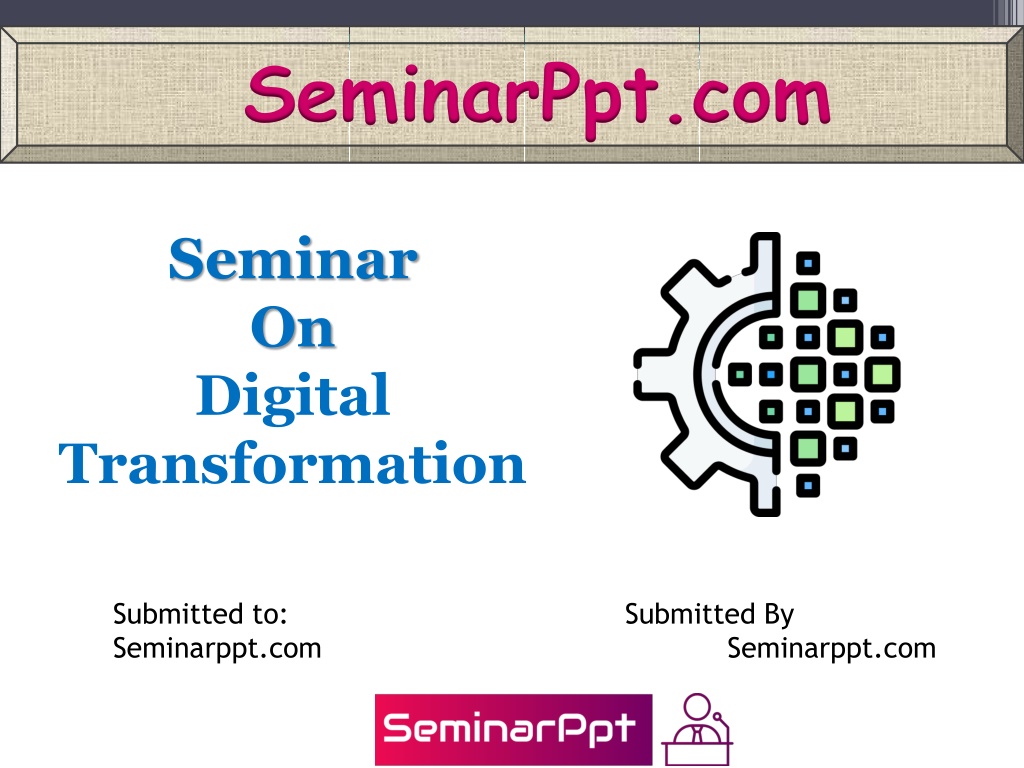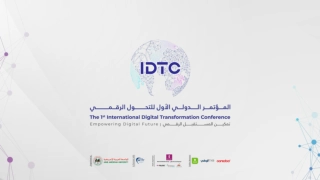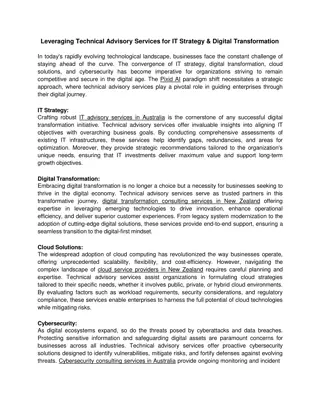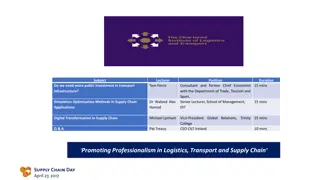Understanding Digital Transformation: Key Aspects and Benefits
Explore the concept of digital transformation, its key aspects including customer experience personalization, operational process automation, and business model innovation. Discover the benefits such as increased efficiency and data-driven decision-making that drive business growth and adaptability in the digital age.
Download Presentation

Please find below an Image/Link to download the presentation.
The content on the website is provided AS IS for your information and personal use only. It may not be sold, licensed, or shared on other websites without obtaining consent from the author. Download presentation by click this link. If you encounter any issues during the download, it is possible that the publisher has removed the file from their server.
E N D
Presentation Transcript
SeminarPpt.com Seminar On Digital Transformation Submitted to: Seminarppt.com Submitted By Seminarppt.com
Content What is Digital Transformation? Key Aspects Benefits Challenges Example Conclusion
What is Digital Transformation? Digital transformation is the integration of digital technology into all areas of a business, fundamentally changing how you operate and deliver value to customers.
Customer Experience Personalization: Using data to tailor products, services, and interactions to individual customer needs. Omnichannel: Providing a seamless customer experience across multiple channels (online, mobile, in- store).
Operational Process Automation: Streamlining processes to increase efficiency and reduce human error. Flexibility & Scalability: Adapting quickly to changes in demand or market conditions.
Business Models New Revenue Streams: Identifying new opportunities for growth through digital products or services. Digital Ecosystems: Collaborating with partners and integrating services to create more value for customers.
Increased Efficiency Digital transformation simplifies and streamlines business processes by automating workflow and tasks, which reduces manual work and eliminates the risk of human errors. This increased efficiency helps to manage lower costs and higher productivity.
Data-Driven Decision Making A successful digital transformation provides access to valuable data insights and analytics allowing enterprises to make informed decisions. By collecting and analyzing data, businesses can identify trends, create better products, optimize operations, and explore new growth opportunities.
Improved Customer Experience Digital technologies allow enterprises to better understand their customers. Data monitoring and analytics help in offering personalized experiences to the users by tailoring the products and services according to their needs, resulting in higher customer satisfaction.
Competitive Advantage Enterprises that embrace digital transformation can quickly adapt to changing market conditions, offer innovative products and services, and respond to customer demand faster than the competitors, allowing them to gain a competitive advantage.
Scalability and Flexibility Digital technologies provide the flexibility and scalability required to grow and adapt to rapidly evolving business requirements. Cloud data platforms, for instance, allow businesses to scale their infrastructure up or down as per the requirements, improving agility and reducing capital expenditure.
Increased Revenue Companies that undergo digital transformation improve efficiency and profitability. 80% of organizations that have completed digital transformation report increased profits. 85% say they have increased their market share. On average, leaders expect 23% higher revenue growth than competitors.
Challenges Legacy Systems: Integrating new technologies with existing infrastructure. Security: Ensuring data protection and privacy. Skill Gaps: Training employees to use new technologies effectively. Cost: Investing in new technologies and processes.
Examples Retail: E-commerce platforms, digital payment systems, and personalized marketing. Healthcare: Telemedicine, electronic health records, and AI-driven diagnostics. Finance: Online banking, blockchain, and robo- advisors. Manufacturing: Smart factories, predictive maintenance, and supply chain optimization.
Conclusion Digital transformation is essential for businesses to stay competitive in today's fast-paced, technology-driven world. It requires a strategic approach that involves technology, culture, and leadership to drive sustainable growth and innovation.
References Wikipedia.org Google.com Seminarppt.com Studymafia.org























